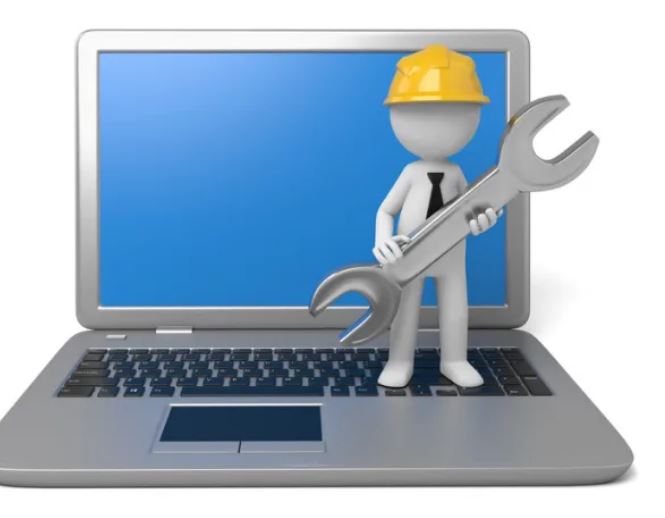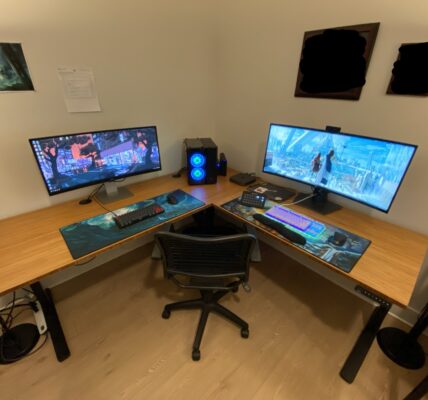Desktop computers can encounter various issues over time, but many can be resolved through troubleshooting. Here are some common problems and steps you can take to troubleshoot them:
1. Computer won’t turn on:
– Check that the power outlet is working by plugging in another device.
– Ensure the power cable is securely connected to both the computer and the outlet.
– Inspect the power supply unit for any visible damage or loose connections.
2. No display or “no signal” message:
– Check the video cable connections between the computer and monitor, ensuring they are securely plugged in.
– Test with a different monitor or try connecting the current monitor to another computer to rule out a faulty monitor.
– If using a dedicated graphics card, ensure it is properly seated in the PCIe slot and has the necessary power connections.
3. Slow performance:
– Check for any running programs or processes consuming excessive CPU or memory resources and close them.
– Scan the system for malware or viruses using trusted antivirus software.
– Ensure there is sufficient free space on the hard drive; delete unnecessary files if needed.
– Consider upgrading your RAM or hard drive to improve performance.
4. Blue Screen of Death (BSOD):
– Note down the error code displayed on the blue screen, as it can help identify the underlying issue.
– Restart the computer and enter Safe Mode to prevent any potentially problematic drivers or software from loading.
– Update device drivers, especially for the graphics card, as outdated drivers can cause system crashes.
– Run a disk scan using reliable tools to check for any errors in the file system or bad sectors on the hard drive.
5. Overheating:
– Check that all fans are spinning and free from dust or obstructions.
– Ensure the computer is placed on a flat, well-ventilated surface to allow for proper airflow.
– Consider cleaning the internal components using compressed air to remove dust.
– If the issue persists, you might need to replace the thermal paste on the CPU or consider upgrading the cooling system.
6. Internet connectivity issues:
– Check if other devices can connect to the same network; if not, reset the router and modem.
– Disable and re-enable the network adapter on your computer or try using a different network port.
– Run network troubleshooters provided by the operating system to diagnose and fix common connection problems.
– Contact your internet service provider if the problem persists or if there are known network outages in your area.
Remember to always save your work and back up important files before attempting troubleshooting steps, as some solutions may involve restarting or resetting the computer. If the issue persists or you are uncertain about performing any troubleshooting steps, it’s recommended to seek assistance from a professional or contact the computer manufacturer’s support team.





